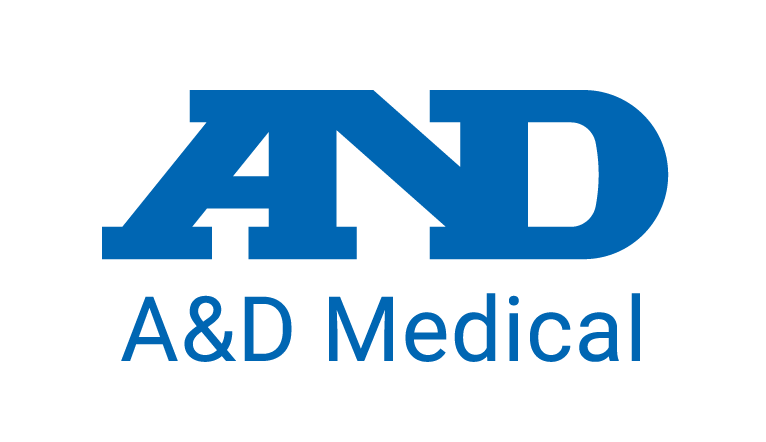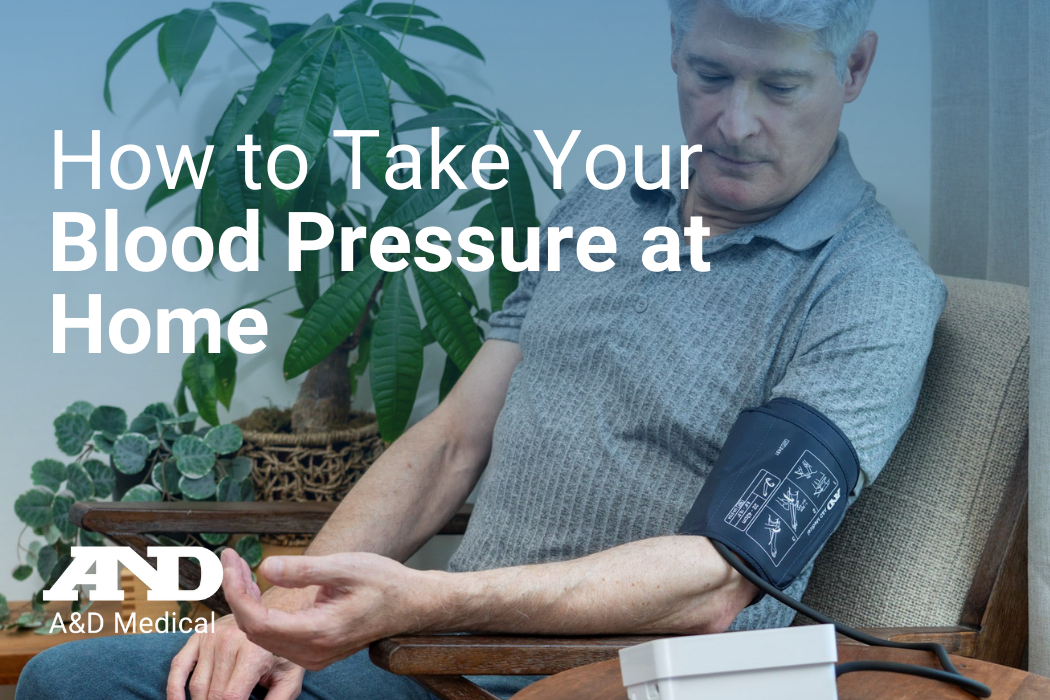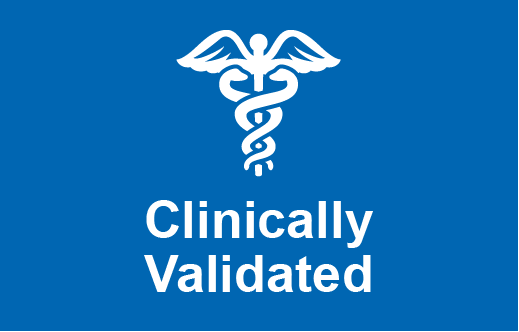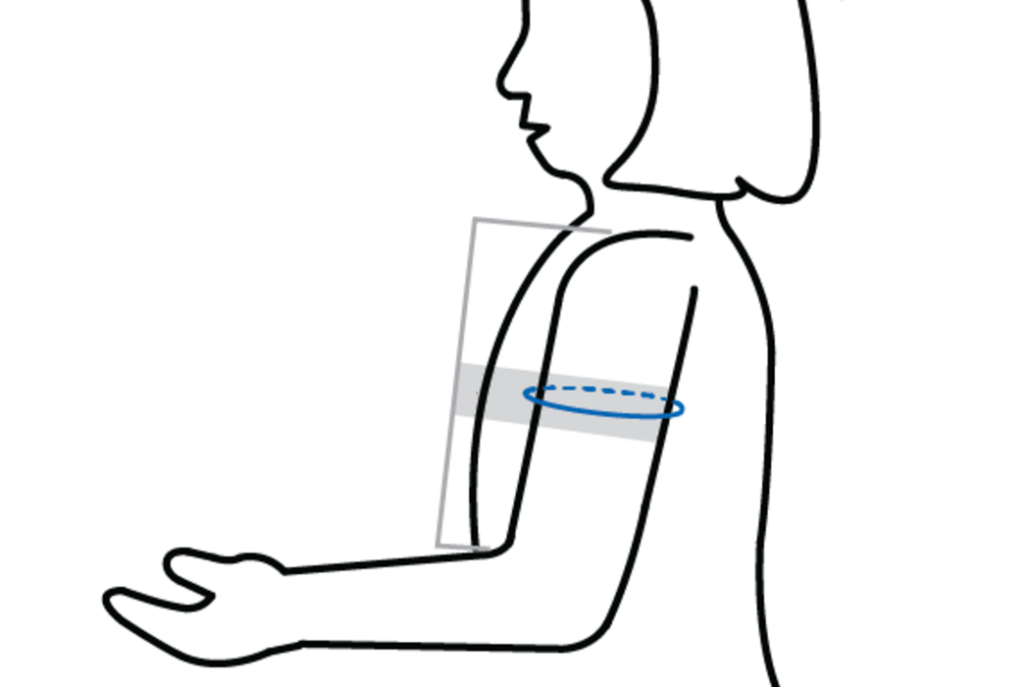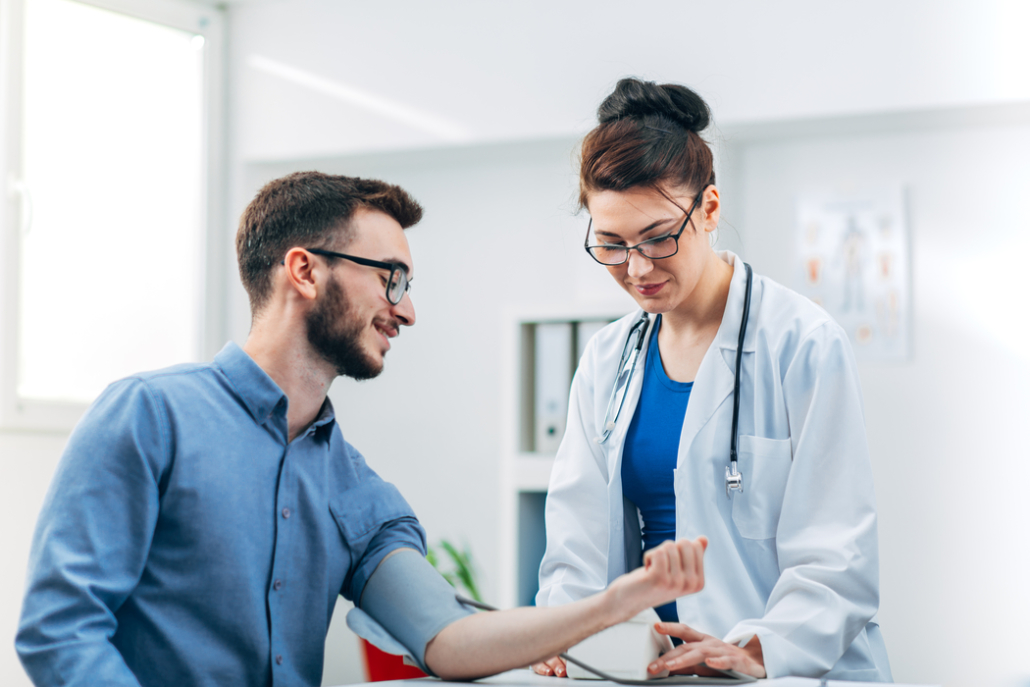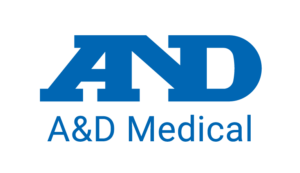How to Take Your Blood Pressure at Home
Maybe you were just diagnosed with Hypertension (aka High Blood Pressure), or you’ve had it for years and your doctor now wants you to start monitoring your blood pressure at home.
This can be a little overwhelming for many people, and it can bring up lots of questions, like will it be as accurate as when they take my BP at the doctor’s office? And how do I make sure I get a good reading?
But have no fear! With a little bit of background information and some practice, you’ll become a pro in no time.
Will my reading be as accurate as at the doctor’s office?
Many home blood pressure monitors are just as accurate as the doctor’s office. In fact, many doctors have started using automated BP devices in their offices because they eliminate the human error of manual methods.
But before you strap that cuff on, there are a few things to pay attention to first:
Use a clinically validated blood pressure monitor
Use the right size cuff
Cuff size matters!
If the cuff you use is too small, your blood pressure reading will be artificially high. If your cuff is too large, you may get a lower-than-actual reading.
To determine the right cuff size for you, with your arm hanging at the side of your body, measure the circumference of your upper arm at the midpoint between shoulder and elbow.
Understand what can impact your measurements
While it might seem obvious that if you just went on a run or had an argument, you blood pressure might be a little high. But there are many other factors that can cause variations in your measurements, including the time of day, climate, altitude, and even the season.
On top of that, what you eat or drink (think caffeine) or even if you need to use the restroom can shift your measurements from your normal levels.
- For 30 minutes before you take your measurement, do not exercise, drink coffee, caffeinated soda, or alcohol, and do not smoke.
- Sit quietly for 5-10 minutes to relax.
